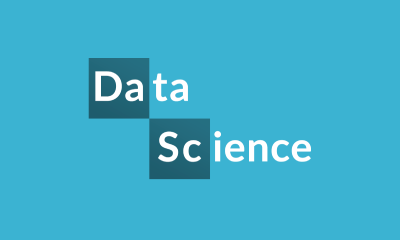Hi everyone,
I am currently exploring the ERANGE package and was wondering whether there are other available packages like this to identify new regions and calculate statistics based on read counts.
Secondly, can this be applied to sequencing technologies other than Illumina? I havent recieved a reply from the authors so I figured I would ask the forum I was thinking of using SOLiD data which is roughly the same length as the illumina reads. Out of interest has anyone tried to use the package with other technologies?
I was thinking of using SOLiD data which is roughly the same length as the illumina reads. Out of interest has anyone tried to use the package with other technologies?
I am currently exploring the ERANGE package and was wondering whether there are other available packages like this to identify new regions and calculate statistics based on read counts.
Secondly, can this be applied to sequencing technologies other than Illumina? I havent recieved a reply from the authors so I figured I would ask the forum
 I was thinking of using SOLiD data which is roughly the same length as the illumina reads. Out of interest has anyone tried to use the package with other technologies?
I was thinking of using SOLiD data which is roughly the same length as the illumina reads. Out of interest has anyone tried to use the package with other technologies?

Comment